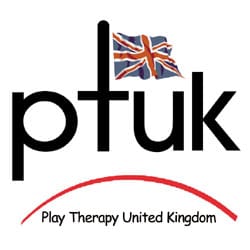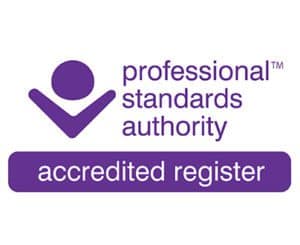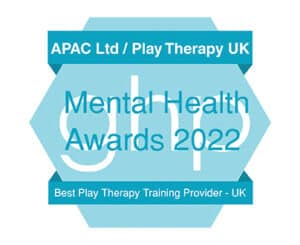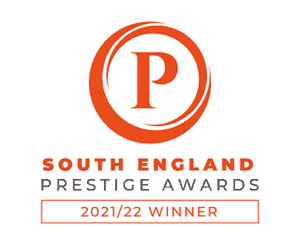You do not have access to this resource.
Policies
- Ethical Framework
- PTUK – Equality and Diversity Policy
- Unacceptable Behaviour Policy
- Use of Competencies by Practitioners
- Play Therapy Privacy Policy
- PTUK Safeguarding Policy
- PTUK Complaints & Concerns Procedure
- PTUK Harassment & Anti-Bullying Policy
- PTUK Recruitment Policy
- PTUK Whistleblowing policy
© 2024 Play Therapy UK.





